Okinawa’s Local Culture and Ryukyu Heritage
Beyond symbolic icons such as limestone castles, centenarian citizens, three-stringed sanshin, and earthen lion dogs perched on tiled rooftops, Japan’s southernmost archipelago has a distinct culture rooted in the deep history of the Ryukyu Kingdom. From eating local longevity food to natural indigo dyeing in the mountains, there are many ways visitors can engage with Okinawa’s unique cultural heritage.
Explore Ryukyu history at World Heritage gusuku
On the northern Motobu peninsula, the Nakijin-jo Castle Site (*only in Japanese) is one of the nine gusuku (castle) Sites and Related Properties of the Kingdom of Ryukyu, collectively designated a Cultural World Heritage Site, representing five hundred years of Ryukyu culture and history. Built in the late 13th century, Nakijin-jo Castle was once the stronghold of Hokuzan, the nation that comprised the region of Northern Okinawa and beyond. After a military campaign finally unified the northern, central and southern kingdoms, the Ryukyu Kingdom was born in 1428.
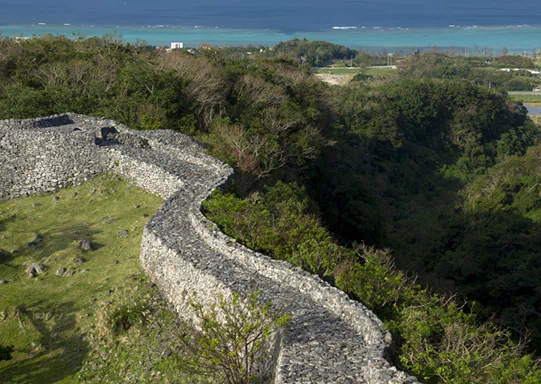
Unlike most other castles built with the softer coral-based Ryukyu limestone, Nakijin-jo Castle was constructed with unearthed rocks of grey Ryukyu limestone. The sprawling fortress is also a prime example of nozura-zumi, an ancient construction technique that piles rocks according to their natural shape to build strong walls. Stroll along the undulating fortress walls to enjoy sweeping views of the lush surrounding forest and sea. If you come in late winter, don’t miss the cherry blossoms!
Further south in Uruma, Katsuren-jo Castle Site is another gusuku included in the Cultural World Heritage Site. Katsuren-jo Castle is famous as the castle where the peasant Amawari seized the domain from its original ruler and led it to prosper through overseas trade. Since 1960, archaeological excavations have revealed artifacts such as pottery from China, Korea, and Southeast Asia, Yamato roof tiles, Chinese coins, and even parrot bones from the tropics.
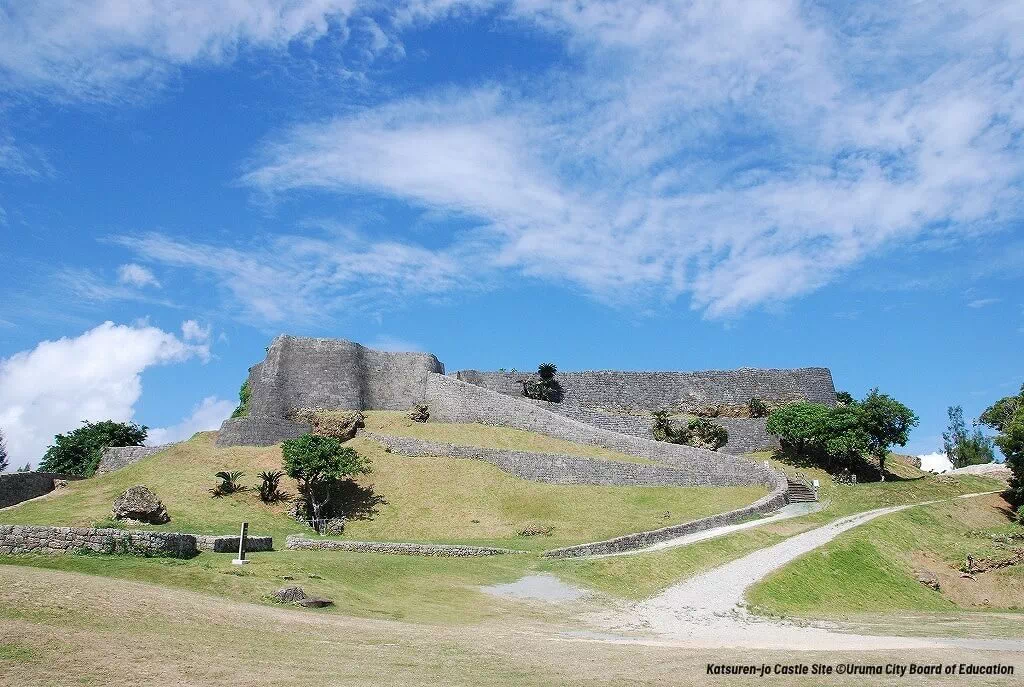
Perched on a limestone hill and surrounded by steep cliffs, the Katsuren-jo Castle Site offer a commanding view of the peninsula and the sea beyond. For a tantalizing preview of the site and its history, you can watch a video shot from a bird’s eye view and learn more through an interactive virtual tour.
Eat Okinawa’s local “longevity food”
When in Okinawa, there’s no better place to eat like a local. Okinawa is one of the world’s five “Blue Zones” of longevity, where more than a thousand centenarians live relatively healthy, happy lives amidst peaceful and abundant nature. They participate in a lively and supportive community, and perhaps most essentially, they eat a healthy diet.
The Okinawan staple is sweet potato, supplemented by green and yellow vegetables, such as bitter melon, and various soy products, such as tofu. The subtropical islands also provide plenty of fresh fruits, which contribute to this traditional low-calorie diet that is dense in vitamins and minerals, as well as antioxidants.
By eating locally grown food, you can experience a fundamental part of Okinawa’s traditionally healthy lifestyle while contributing to preserving the local food culture. So save your appetite for choju ryori “longevity food” that is nutritionally rich in superfoods such as mozuku seaweed, goya bitter melon, and shikuwasa citrus. When you finish your meal, don’t forget to say kusunaibitan (“that was good medicine”)!
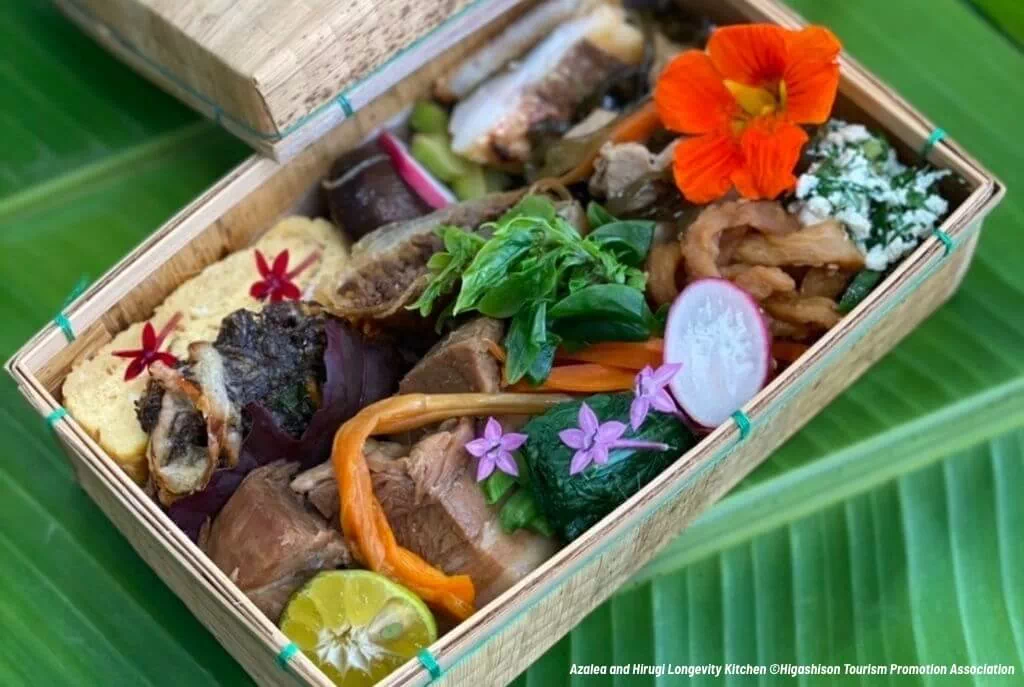
On the southeast coast of Yanbaru, which was recently designated as part of a Natural World Heritage Site, the small village of Higashi is a popular spot for outdoor activities and workcations. But as there are few restaurants and no convenience stores in this sparsely populated area, a team of local women created the Azalea and Hirugi Longevity Kitchen (*only in Japanese) to provide visitors with healthy bento meal boxes to pack on their excursions. Take a mangrove canoe tour with a wholesome “longevity lunch” on Uppama Beach, or go ziplining and camp overnight at Fukuchi River Seaside Park with a hearty “longevity dinner”.
Discover traditional Ryukyu arts and crafts
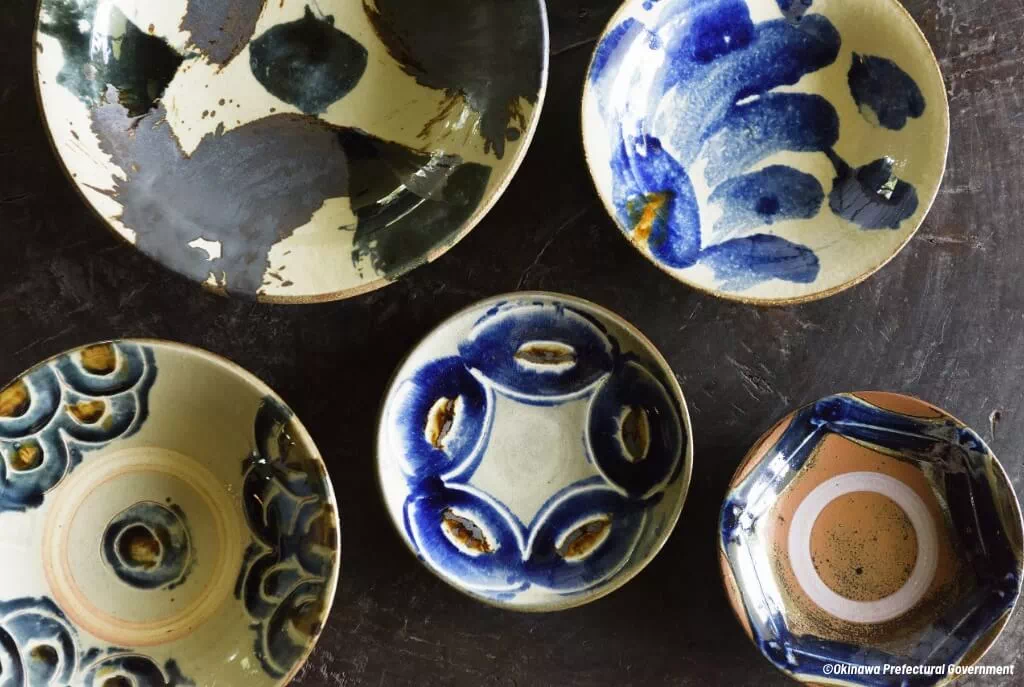
One of the most popular souvenirs from Okinawa is yachimun, which means “pottery” in the local dialect. This centuries-old craft of transforming clay made from Okinawan soil to create unique dishes for everyday use is a perennial source of pride among artisans, passed down from generation to generation.
Nestled within Yomitan village, Yachimun no Sato has become a mecca for this timeless craft, with dozens of pottery studios, galleries, and shops. Most importantly, it is home to three noborigama, traditional climbing kilns that are built on a slope to help maintain a constant temperature inside the kiln chamber throughout the firing process.
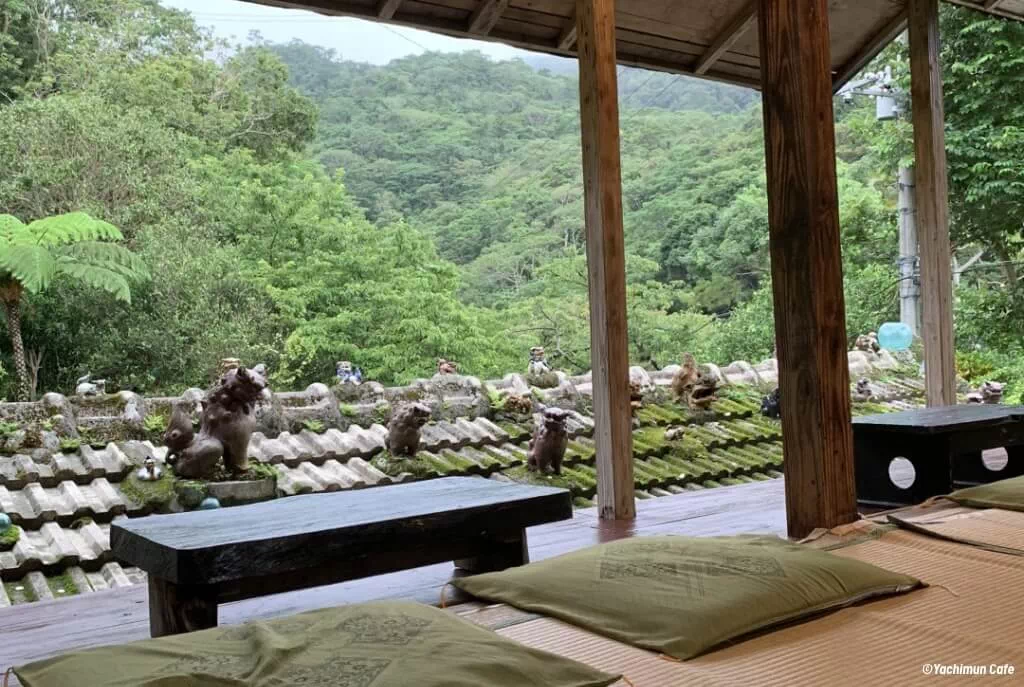
For a more traditional shopping experience in a kominka folk house setting, head to Yachimun Café Shisa Garden (*only in Japanese) in the mountains of Motobu. The two-story café serves local treats and sells a range of pottery items, surrounded by about a hundred different yachimun shisa (Ryukyu guardian lion dogs) scattered on the rooftops and in the garden.
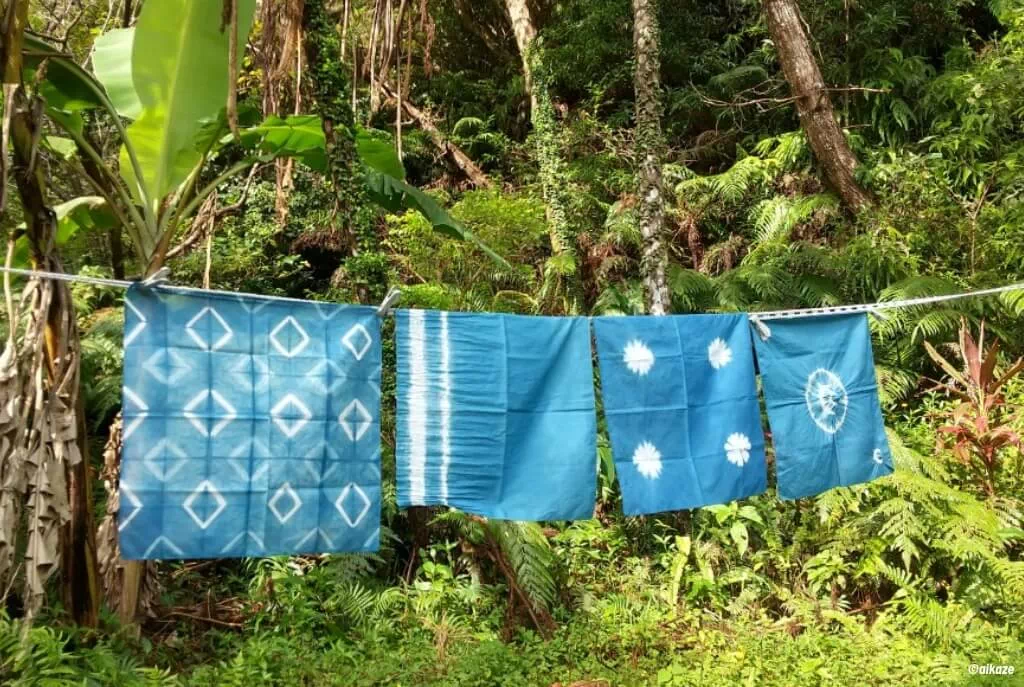
Another Okinawan craft that you can experience firsthand is Ryukyu indigo dyeing at Aikaze in the Izumi mountains of Motobu. In this area where the Ryukyu indigo plant has been growing naturally since ancient times, the couple who originally founded Aikaze indigo workshop cultivated the craft of natural fermentation dyeing for some 25 years. Here you can see the original leaves used to create the dye, try your hand at dyeing a cotton scarf, bag, or handkerchief, have a drink in the sunny café, or browse the many skillfully indigo-dyed items in their shop.
Strum the soothing sound of Okinawa
A more recent invention is the iconic sanlele, a combination of the ukulele body and the three strings of the sanshin, produced exclusively by Machidaya based on an idea by Alberto Shiroma, a Peruvian singer with Okinawan roots. Machidaya’s most popular instrument is the umi ashibi sanlele, made with waterproof wood and an acrylic body, which many people enjoy playing on the beach.
Okinawa’s deep Ryukyu heritage has left many fascinating artifacts to be discovered and explored, while the archipelago’s enduring crafts and contemporary creators invite visitors to fully experience the sights and sounds, tastes and textures of the Okinawan islands’ past, present, and future.
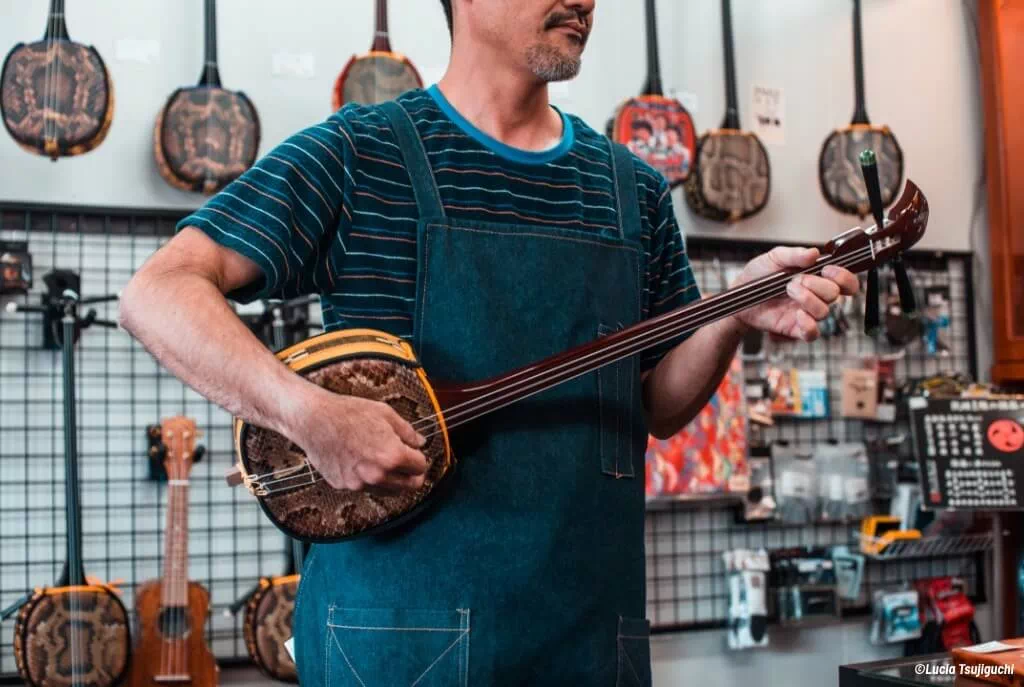
















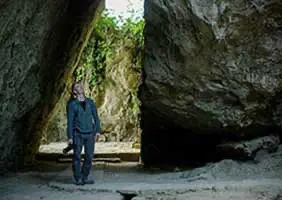
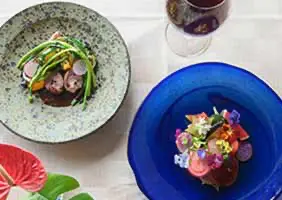
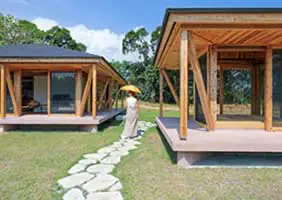










 Facebook
Facebook Twitter
Twitter Copy URL
Copy URL


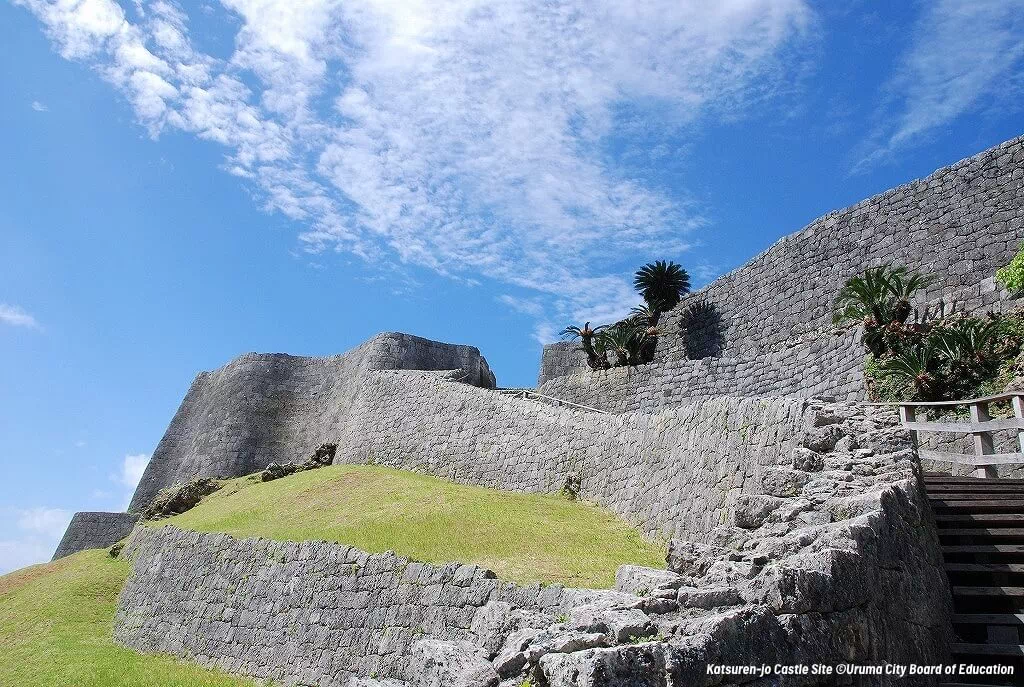
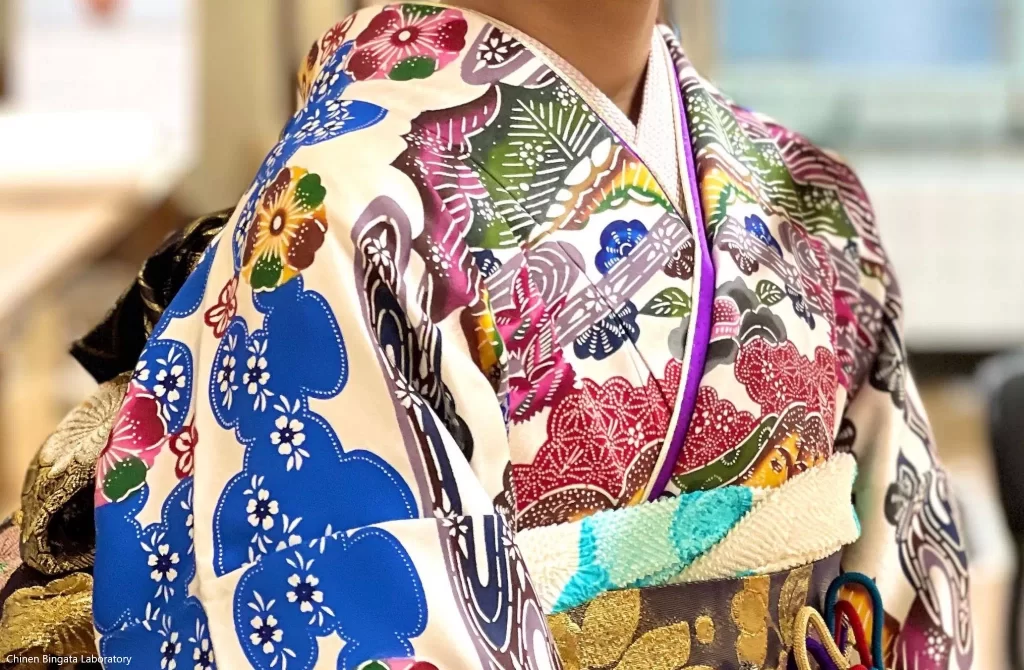
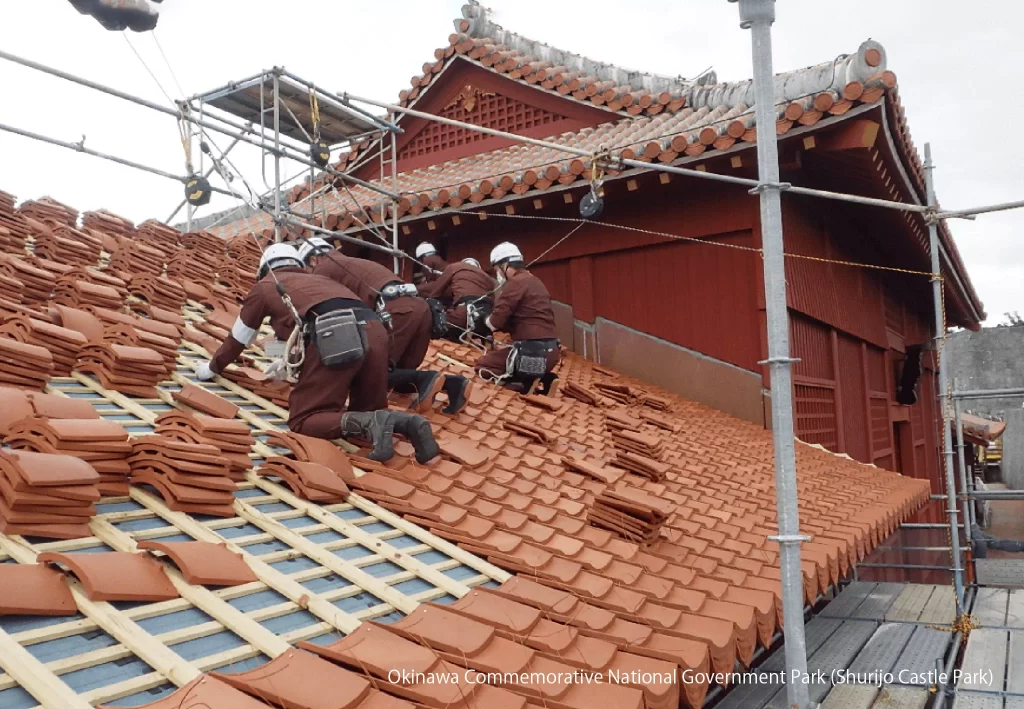

Text by Cherise Fong
Cherise Fong is a devoted bicycle traveler and eco-writer currently based in Tokyo.